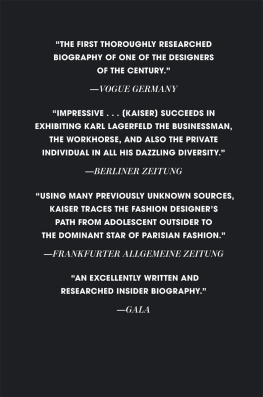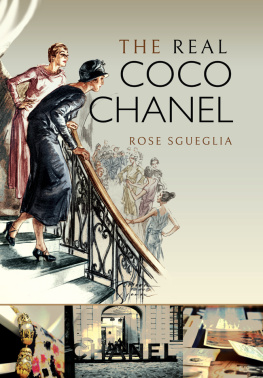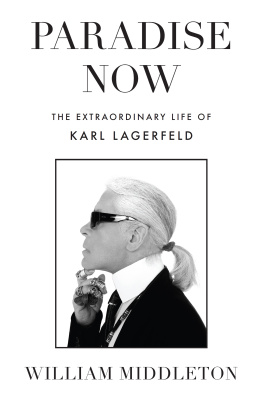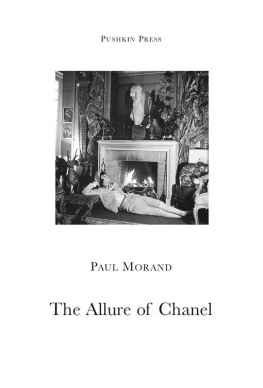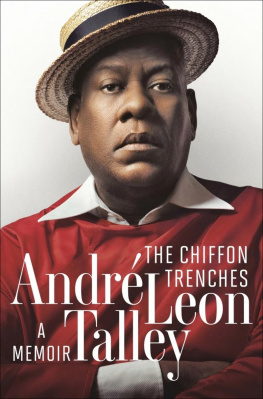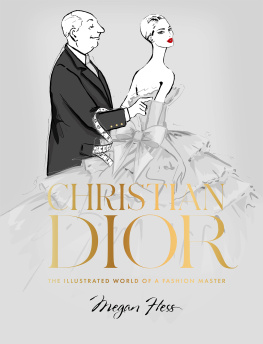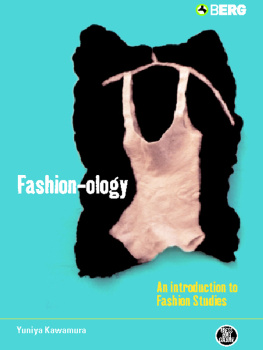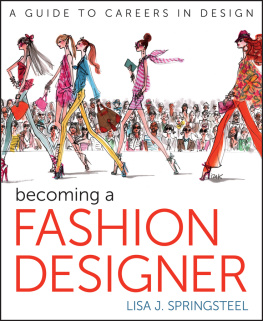Contents
Landmarks
Page List
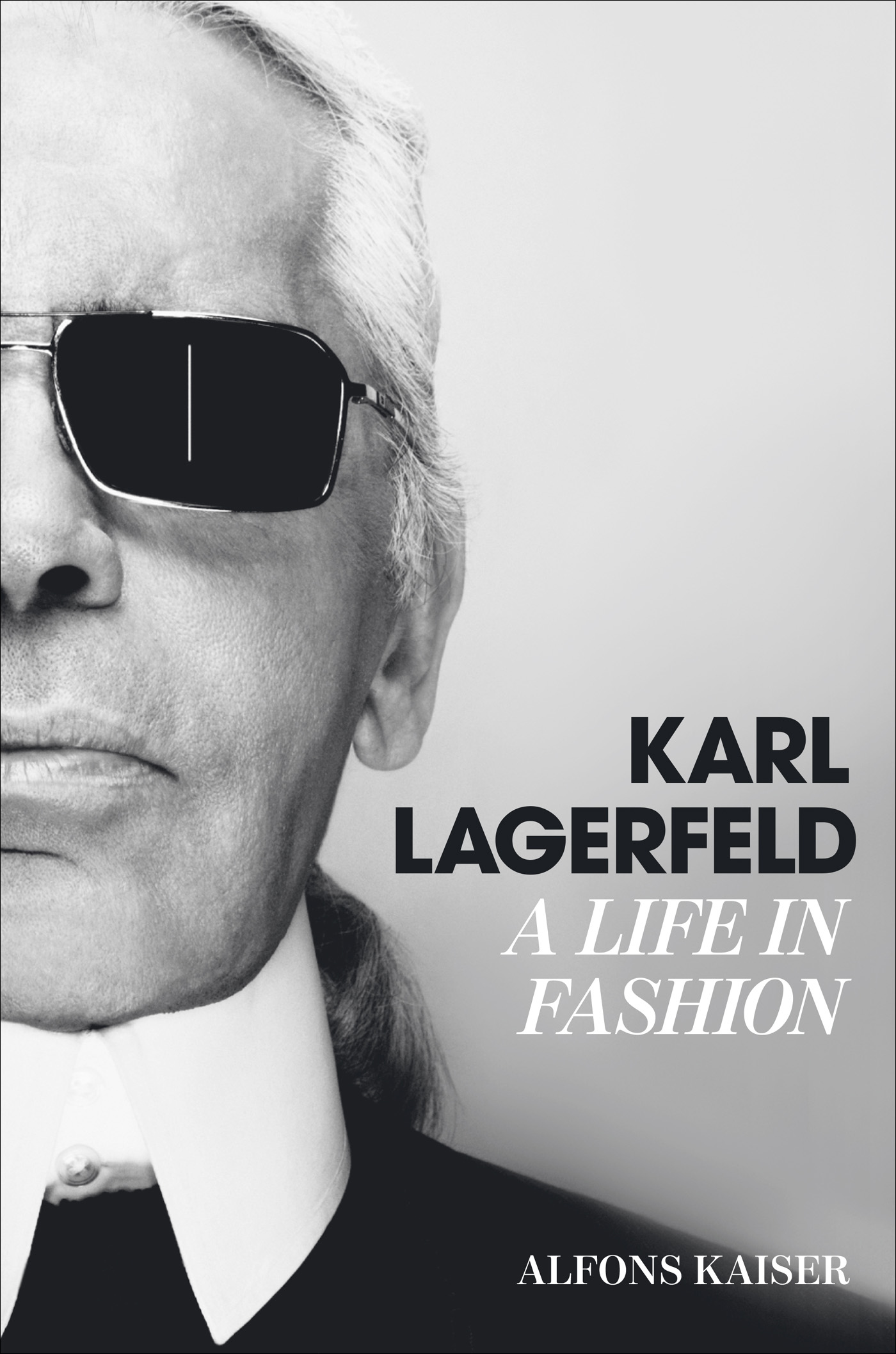

Text: Alfons Kaiser
Cernunnos logo design: Mark Ryden
Book design: Shawn Dahl, dahlimama inc
Library of Congress Control Number: 2021933724
ISBN: 9781-419757259
eISBN: 9781-647004309
Translated from the German by Isabel Adey
Text copyright 2022 Alfons Kaiser
Cover 2022 Abrams
Published in 2022 by Cernunnos, an imprint of ABRAMS. All rights reserved.
No portion of this book may be reproduced, stored in a retrieval system, or transmitted in any form or by any means, mechanical, electronic, photocopying, recording, or otherwise, without written permission from the publisher.
Cernunnos books are available at special discounts when purchased in quantity for premiums and promotions as well as fundraising or educational use.
Special editions can also be created to specification. For details, contact specialsales@abramsbooks.com or the address below.
Abrams is a registered trademark of Harry N. Abrams, Inc.

ABRAMS The Art of Books
195 Broadway, New York, NY 10007
abramsbooks.com
CONTENTS
IN LOVING MEMORY
It was a familiar scene, as at any major Chanel show. Young men in black suits being briefed on their role as stewards on the stairs to the Grand Palais. Traffic jams on Avenue Winston Churchill caused by double-parked black limousines. Women in tweed suits hovering outside the immense Beaux-Arts building, waiting to be snapped one last time before making their way inside. The sun angling down on the glass palace, casting a melancholy light through the dome on this last evening of spring.
But nothing was the same in Paris on June 20, 2019. At the center of all the feverish preparations, the eager anticipation, and the displays of vanity was an empty space. Karl Lagerfeld, the guiding light of the strange parallel universe of fashion, had died four months earlier, and now everyone who once moved in his orbit had gathered again. Karls family, as his most intimate colleagues were always known, and his extended family all came to bid him farewell. Guests came from all over the world, many of them dressed in black, others in pink or white because they knew he didnt like people to mourn.
The title of the official Parisian tribute was Karl For Ever. For a designer who preferred not to dwell on the past, and even refused to attend family funerals, this was never going to be a memorial in the traditional sense. Instead, it was a joyful evening of celebration that began with a parade of famous faces, video homages, musical performances, and dance interludes, and ended with a champagne reception. Two-and-a-half thousand people gathered in his honor: This was the perfect tribute to a man who excelled at bringing people together.
Le Tout-Paris pulled up outside the Grand Palais. Among them were Frances First Lady Brigitte Macronwhom Lagerfeld had always liked because her husband, Emmanuel Macron, had taken over from Franois Hollande, not exactly his favorite French presidentand former First Lady Carla Bruni-Sarkozy, whose long career in modeling had included a stint with Chanel. Princess Caroline of Monaco, one of the fashion designers closest friends, donned a white shirt with a black silk bow. She was joined by her daughter, Charlotte, who wore a black ankle-length dress. Lagerfelds former muses, Ins de la Fressange, Claudia Schiffer, and Caroline de Maigret, made their way down the steps of the glass palace, taking their time to keep their composure so there would be no bad photographs. Model Gigi Hadid, clearly moved, told the cameras: When I come to the Grand Palais, I always feel like Im going to see Karl... I got ready today as if I was getting ready to see him.
The man who was closest to the fashion designer in his final years smiled enigmatically for the cameras. Sbastien Jondeau, Lagerfelds former bodyguard, driver, and confidant, stepped out in a three-piece suit, surrounded by an air of mystery that would linger long after the memorial was over. Lagerfeld wanted his ashes to be combined with the ashes of his mother and those of his life partner, Jacques de Bascher, who had died thirty years before him. The responsibility fell to Jondeau, who had taken Lagerfelds ashes to an undisclosed location following the cremation at the Crmatorium du Mont-Valrien in Nanterre. The fashion designer disappeared exactly as he wantedwithout leaving a trace.
Karl Lagerfeld showcased his world four times a year at the Grand Palais up until the couture show in January 2019, which he was unable to attend due to ill health. The palace, originally built for the 1900 Exposition Universelle, was the setting for his two annual ready-to-wear collections and his two haute couture collections for spring/summer and autumn/winter. But this time the show was not about the next seasons fashions. These two hours were all about one mans life, about all the different roles he had played over eighty-five years, about how he thought, talked, behaved, and lived. As became clear by the end of the star-studded event, Karl Lagerfeld was more than just a fashion designer: He was an originator of ideas, books, sketches, maxims, logos, expressions, careers, and ideals.
Former clients, fans, managers, models, dressmakers, and actors were not the only people on the list on this evening of remembrance. Other faces appearing at the memorial included Lagerfelds personal florist, Caroline Cnocquaert, who arrived on the avenue in one of her Lachaume delivery vans. Marina Krauth of the Felix Jud bookstore traveled in from Hamburg, while Herv Le Masson and Catherine Kujawski from Librairie 7L, Lagerfelds own bookstore on the other side of the Seine, attached a handwritten note to the glass door to let customers know that the shop would be closed from 4:30 that afternoon. Jewelry designer Cyril Aaron Bismuth sported a necklace with large, colorful gemstones, the same as the one that Lagerfeld had kept for special occasions. Birte Carolin Sebastian talked about starting out as a model in the 1990s, when Lagerfeld gave her a wink and the encouragement she needed in a world that was still completely new to her.
The spotlight was not on fashion on this last evening of spring in the Grand Palais; it was on the man behind the designs. Hanging from the steel framework of the vast hall were fifty-six gigantic photographs of Lagerfeld from different eras of his life, sometimes sporting a beard or a monocle, elsewhere holding his beloved cat. These images charted his extensive career in fashion, spanning six and a half decades, starting from his time as Pierre Balmains assistant in 1954. They also documented his love of showmanship, remembering the romantic young man with a side parting and a white handkerchief in his breast pocket, the hyper-photoshopped global celebrity who fancied himself as a rock star, and the quirky-looking dandy with his Birman cat.
Those portraits watched over the Parisian high-society event hosted by Chanel, Fendi, and the designers signature Karl Lagerfeld brand. The indefatigable creator had worked for all three companies to the last, and now his image was gazing out over the kind of elite spectacle he loved to witness when he was alive. Bernard Arnault, who had incorporated Fendi into his LVMH empire, the biggest luxury conglomerate in the world, might now have his sights on the other two brands as well. But, as if to put paid to any such rumors on an evening like this, Frances richest man set business aside and engaged in polite conversation with Alain Wertheimer, who privately co-owns Chanel with his brother Grard. The insatiable brand collector is unlikely to have been content with mere pleasantries, however. With the Wertheimer brothers both in their seventies, and having spent decades in the luxury sector, their interest in the superlative brand could well be starting to wane. After all, Lagerfeld had orchestrated Chanels revival for the last three and a half decades. What was going to happen now that he was gone?

